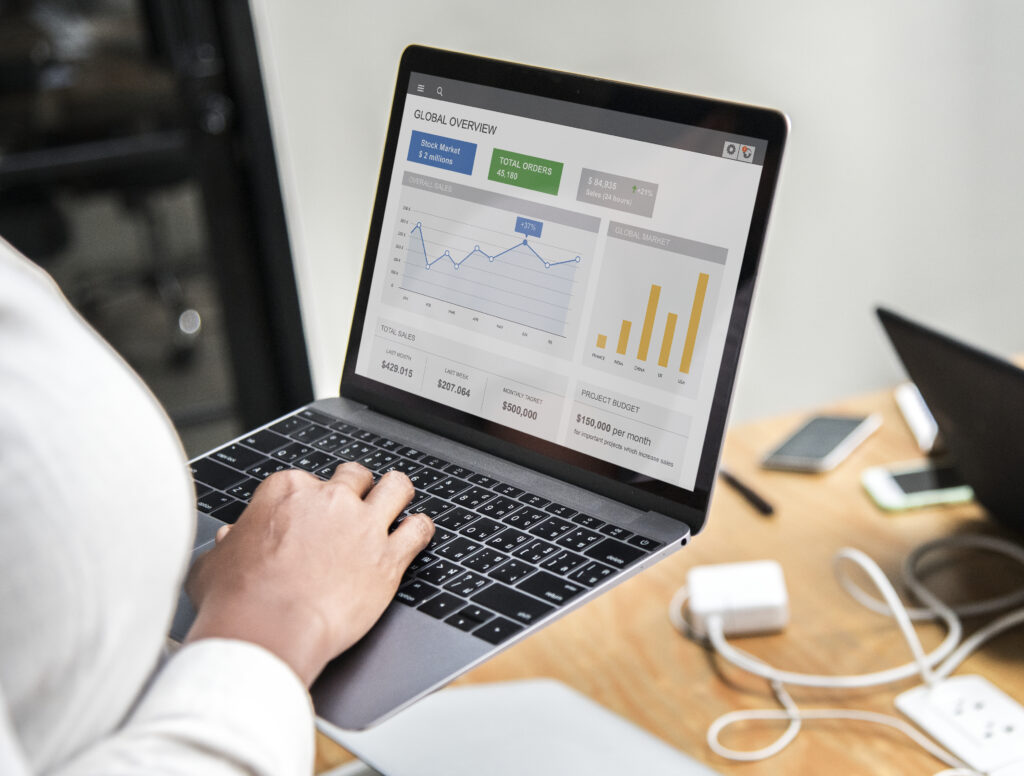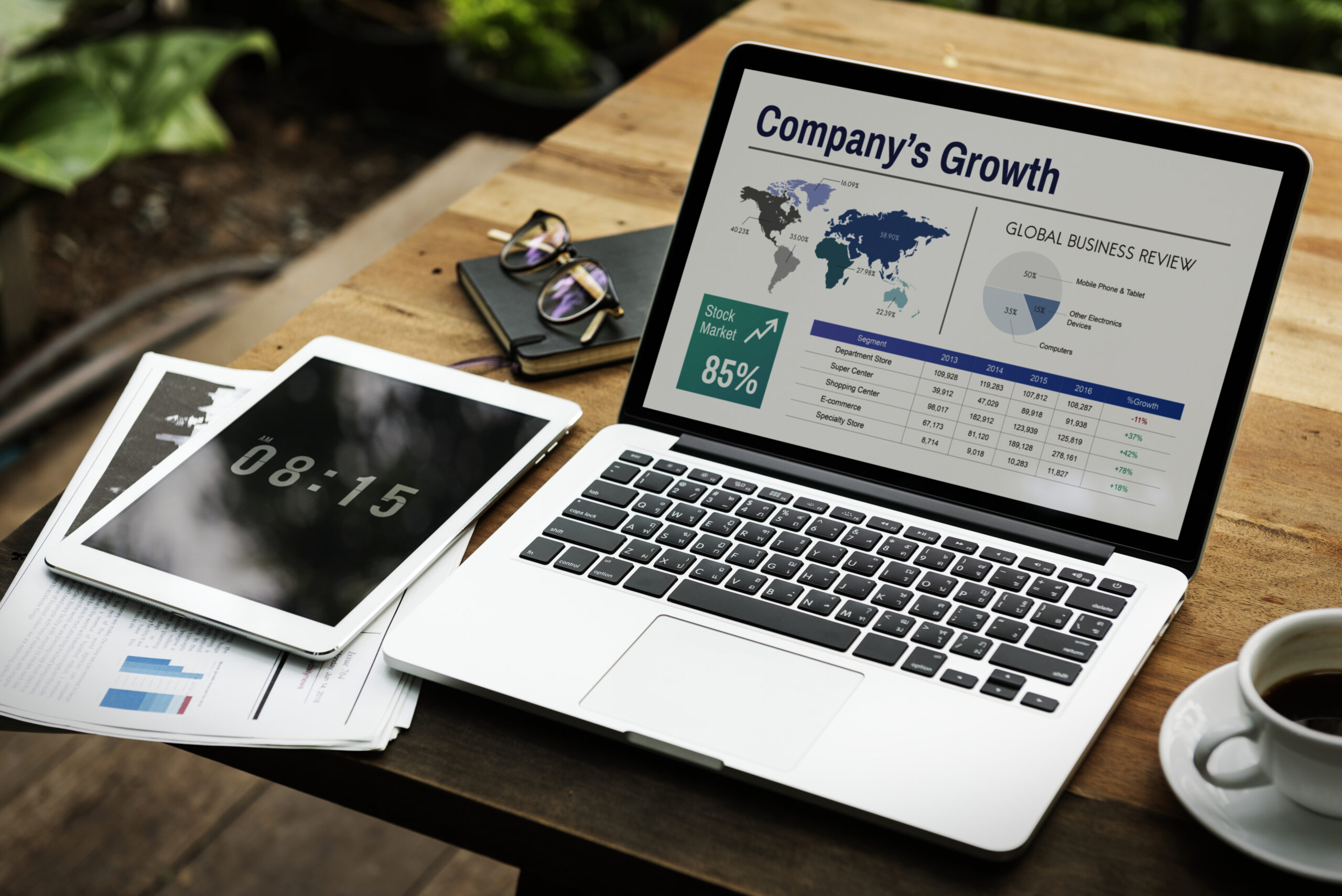What KPIs Should You Track on LinkedIn Ads in 2025?

LinkedIn Ads KPIs have become one of the most powerful tools for B2B marketers. As the platform continues to evolve with new targeting options, improved analytics, and better integration with marketing tools, knowing what KPIs track for LinkedIn Ads is more important than ever. In 2025, measuring performance goes far beyond impressions and clicks. It is about understanding the entire buyer journey, from awareness to conversion, and optimizing your campaigns for maximum ROI.
Whether you are running Sponsored Content, Message Ads, or Lead Gen Forms, tracking the right metrics will help you understand what is working, what needs refinement, and how to allocate your budget.
Before diving into specific metrics, it is crucial to have a clear campaign objective. Are you looking to drive traffic, generate leads, or build brand awareness? Once your objective is defined, selecting the right KPIs becomes much easier.
For marketers looking for comprehensive support in planning and monitoring campaigns, social media management solutions can help ensure a structured approach to reporting and performance analysis.
Why Tracking KPIs on LinkedIn Ads Matters
LinkedIn has positioned itself as the go-to platform for professional networking, making it ideal for B2B advertising. Its highly targeted audience allows advertisers to reach decision-makers based on job title, industry, skills, and company size. But the effectiveness of a campaign can only be assessed if you track the right data.
Monitoring the right LinkedIn metrics helps you:
- Allocate budget to high-performing campaigns
- Optimize ad creatives and copy
- Test different audience segments
- Align marketing efforts with sales goals
- Measure ROI across the entire funnel
Neglecting KPIs means wasting spend on ads that may look good on the surface (high impressions) but fail to drive meaningful business results.
1. Click-Through Rate (CTR)
CTR remains one of the most fundamental metrics for LinkedIn Ads. It measures how often people click your ad after seeing it.
Formula:
CTR = (Clicks ÷ Impressions) × 100
A high CTR indicates that your creative and targeting are resonating with your audience. In 2025, LinkedIn benchmarks still consider 0.4% to 0.65% CTR average for Sponsored Content, but top-performing campaigns often exceed 1%.
Tracking CTR across different ad formats (single image, carousel, video) allows you to identify which format engages your audience best. This insight is valuable when allocating creative resources for future campaigns.
2. Cost Per Click (CPC)
CPC measures how much you are paying for each click. While a low CPC may seem ideal, it should be considered alongside the quality of traffic generated.
If your CPC is high but leads are converting into opportunities or customers, the ad spend may still be justified. Conversely, low CPC with poor conversion rates might mean you are attracting unqualified clicks.
Pairing CPC with CTR offers a clearer picture of campaign efficiency. Adjusting bids, audience targeting, and ad relevance scores can help reduce CPC over time.
B2B marketers can also work with website optimization specialists to ensure that landing pages are conversion-friendly, which helps justify the investment in paid clicks.
3. Conversion Rate and Lead Quality
One of the most valuable KPIs to track on LinkedIn Ads is conversion rate, especially for campaigns using lead gen forms. These native forms streamline the process for users, often increasing submission rates compared to sending users to an external landing page.
But tracking conversion rate alone is not enough. You need to measure lead quality as well. Work closely with your sales team or CRM system to understand how many leads turn into opportunities or customers. This alignment ensures marketing spend is directed toward audiences that deliver business results.
4. Cost Per Lead (CPL)
CPL is crucial for lead generation campaigns. It shows how much you are paying to acquire a single lead.
Formula:
CPL = Total Ad Spend ÷ Number of Leads Generated
While it is tempting to optimize solely for the lowest CPL, quality should be the priority. A slightly higher CPL might deliver leads that convert at a much higher rate, resulting in better ROI.
5. Engagement Metrics
Beyond clicks, LinkedIn offers several engagement metrics including reactions, comments, and shares. These can help measure content resonance and brand sentiment. For top-of-funnel campaigns, high engagement rates indicate that your message is building awareness and interest among your target audience.
6. View-Through Conversions
In 2025, LinkedIn continues to improve its conversion tracking capabilities. View-through conversions measure when a user sees (but does not click) your ad, and later converts through another channel.
This KPI is particularly important for long B2B sales cycles where decision-making takes weeks or months. It ensures that top-of-funnel efforts are credited for influencing eventual conversions.
7. UTM Tagging for Granular Tracking
Relying solely on LinkedIn Campaign Manager data can be limiting. Using UTM tagging allows you to track user behavior in tools like Google Analytics. This reveals post-click metrics such as bounce rate, time on site, and pages visited.
UTMs also make it possible to compare LinkedIn traffic performance against other paid channels such as Google Ads or Meta Ads. This data is crucial when deciding where to scale budget.
8. CRM Integration
Modern B2B marketers integrate LinkedIn Ads with their CRM system to create a closed-loop reporting process. This allows you to track the full customer journey:
- Which ads generated the lead
- How long it took to move through the pipeline
- Which campaigns influenced revenue
CRM integration enables revenue attribution, making it easier to justify ad spend to stakeholders.
9. Return on Ad Spend (ROAS)
Ultimately, ROAS tells you how much revenue is generated for every dollar spent on LinkedIn Ads.
Formula:
ROAS = Revenue Generated ÷ Ad Spend
While tracking ROAS can be challenging for longer B2B sales cycles, CRM data combined with LinkedIn insights make it possible to measure this metric accurately.
10. Frequency and Audience Saturation
In 2025, ad fatigue is still a concern. Monitoring frequency (how many times your audience sees your ad) ensures you are not oversaturating your target group. If frequency is too high, CTR and engagement may drop, signaling it is time to refresh your creative or expand your audience.
For assistance with campaign planning, measurement, or integration, you can contact the team directly to discuss your reporting framework and KPI strategy.
Best Practices for Tracking LinkedIn KPIs
- Align KPIs with campaign goals: Avoid vanity metrics that do not support your objectives.
- Use A/B testing: Experiment with ad copy, creative, and CTA to improve CTR and conversions.
- Implement UTMs consistently: This ensures reliable data across analytics platforms.
- Automate reporting: Use dashboards to get a single view of performance across campaigns.
- Review regularly: Weekly or biweekly reviews help catch underperforming ads early.
B2B marketers who consistently monitor and refine their approach to tracking KPIs are better positioned to achieve long-term success. For additional guidance, connect with a team specializing in LinkedIn Ads measurement.
Frequently Asked Questions
1. What KPIs track for LinkedIn Ads if my goal is lead generation?
Focus on CTR, CPC, conversion rate, and cost per lead. Combine this with lead quality data from your CRM to ensure you are attracting the right prospects.
2. Are impressions and reach still important metrics?
Yes, but they are more relevant for brand awareness campaigns. For performance campaigns, prioritize CTR, conversions, and ROI.
3. How do I measure ROI on LinkedIn Ads?
Integrate LinkedIn Campaign Manager with your CRM or analytics platform to attribute revenue back to campaigns. Then calculate ROAS to see the return for every dollar spent.
4. Should I use LinkedIn lead gen forms or external landing pages?
Lead gen forms typically have higher conversion rates due to reduced friction. However, external landing pages allow for more detailed messaging and tracking. Test both to see which performs best for your audience.
5. How often should I review my LinkedIn Ads KPIs?
At a minimum, review performance weekly to catch issues early and make timely optimizations.



